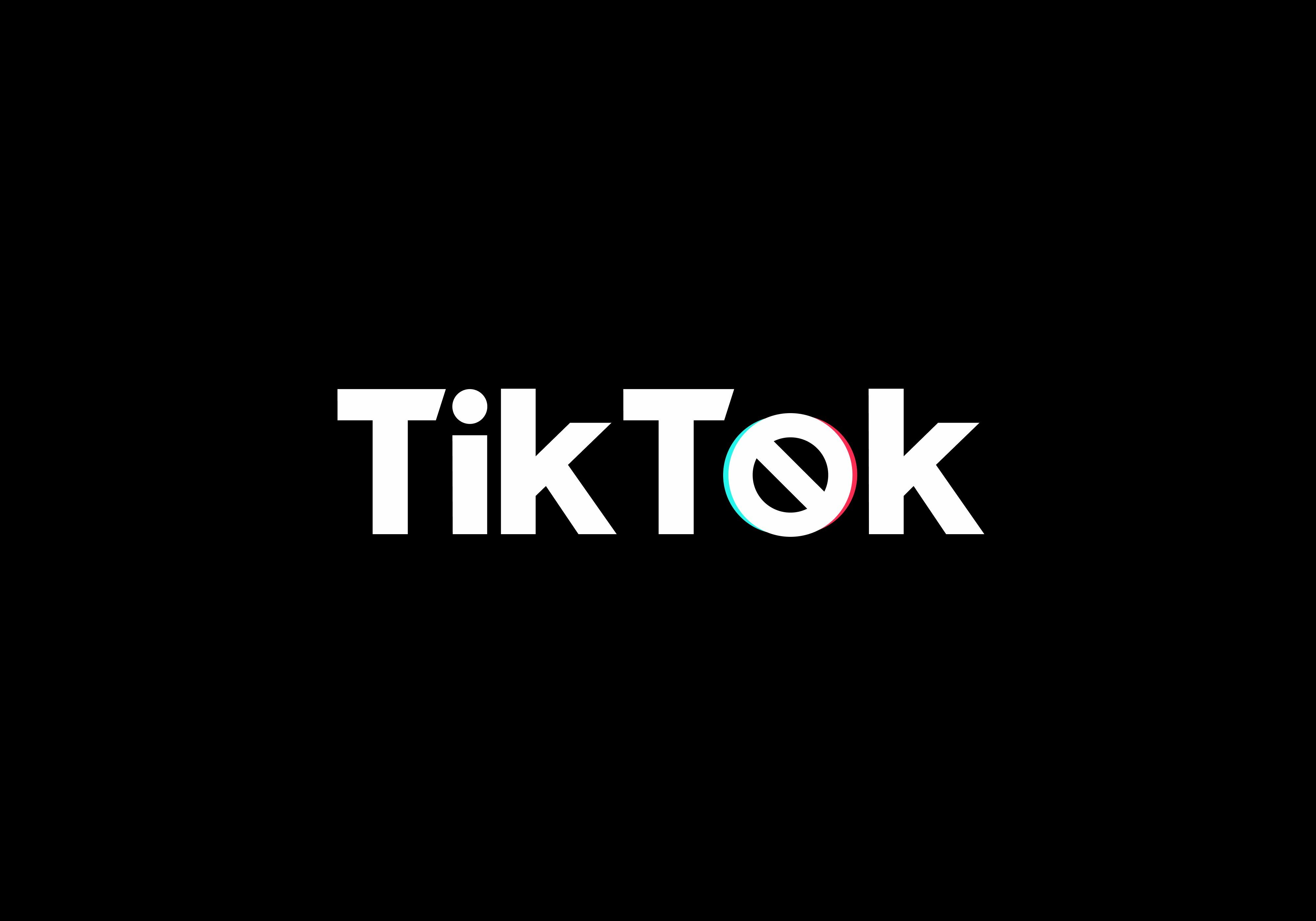With the looming threat of a TikTok ban in the United States, the social media landscape is poised for a genuine reshuffle. As TikTok confronts national security concerns and legislative actions aimed at curtailing its operations, other social media giants like Meta, Google, and Snap are gearing up to capture the vast user base and advertising revenue that might be left up for grabs.
Major Beneficiaries of a Potential TikTok Ban in the U.S.

Photo by Grant S on Unsplash
Impact on Meta Platforms
The potential TikTok ban could substantially benefit Meta Platforms, the owner of social giants like Facebook, Instagram, and WhatsApp. With TikTok's immense popularity, particularly in short-form video content, Meta could see a significant transfer of users and engagement to its platforms, particularly to Instagram Reels. Meta's well-established advertising infrastructure and global reach could make it the primary destination for both existing TikTok influencers seeking new platforms and brands aiming to reallocate their advertising budgets. This pivot could both retain and increase Meta's user base and potentially its revenue, cementing its position as a leader in the social media space.
Role of YouTube and Google in Absorbing TikTok's Market
YouTube, owned by Google's parent company Alphabet, stands to regain its share of the video advertising and viewer market in the wake of a TikTok ban. The platform's existing infrastructure—YouTube Shorts, in particular—provides a ready-to-go option for content creators and viewers migrating from TikTok. Google could see a considerable influx of advertising dollars returning from TikTok. Historically, YouTube has been one of the largest benefactors from changes in video platform popularity, as it continues to attract diverse content creators with its monetization policies, potentially increasing both its market share and revenue in the short video segment.
Snap's Position and Potential Growth
Snapchat could also see considerable growth following a TikTok ban. Its feature 'Spotlight' caters directly to the same demographic as TikTok and offers similar content formats. As noted by Bernstein analysts, Snapchat offers the highest demographic overlap with TikTok, making it an ideal alternative for both users and advertisers. This alignment could lead to increased user engagement and higher advertising revenue for Snap, as brands seek to connect with a young audience well-represented on Snapchat.
Shift in Advertising Revenue and User Engagement

Photo by visuals on Unsplash
Redistribution of TikTok's Ad Spend
Should TikTok be banned in the U.S., there would be a significant redistribution of advertising expenditures. With TikTok's absence, the nearly $8 billion in U.S. ad spend would likely flow into other platforms capable of offering comparable audience reach and engagement levels. Meta Platforms, with its advanced advertising tools and massive user base across Facebook and Instagram, is positioned as a likely primary beneficiary, drawing a substantial portion of this displaced budget. Similarly, YouTube could reclaim its earlier losses in ad revenue to TikTok, enhancing its market standing.
User Migrations to Instagram Reels and YouTube Shorts
The disappearance of TikTok from the U.S. market is expected to lead to significant user migrations to platforms offering similar services, such as Instagram Reels and YouTube Shorts. These platforms are already established and are considered the closest alternatives to TikTok, providing similar short-form video entertainment and content creation opportunities. The transition might be accelerated by the presence of similar content algorithms and monetization opportunities, which can help former TikTok influencers integrate smoothly and maintain their follower bases.
Demographic and Content Strategy Adjustments
As users migrate from TikTok to other platforms, these platforms may need to adjust their content strategies to accommodate and engage these new audiences. This demographic shift will likely cause platforms like Instagram and YouTube to refine their algorithms and content recommendations to better serve the preferences of former TikTok users. Moreover, the platforms may innovate new features or enhance existing ones to replicate the highly engaging and addictive experience that TikTok offered, ensuring they retain the influx of new users over the long term.
Economic and Legal Challenges Surrounding TikTok's Divestiture

Photo by Alexander Grey on Unsplash
Legislative Moves and Their Implications
The landscape of social media in the U.S. was shaken when Congress took a significant step by passing legislation necessitating TikTok's divestiture from its Chinese owners, ByteDance. This legislative measure came in response to concerns over national security, emphasizing the relationship between data privacy and foreign ownership. The bill, swiftly passing through both the House of Representatives and the Senate, requires ByteDance to sell TikTok's U.S. operations within a set timeframe, failing which would lead to the app's prohibition. This brisk legislative maneuver signals a robust government stance on controlling the spread and influence of foreign technology firms on U.S. soil.
ByteDance's Strategy and International Response
ByteDance's public position in the face of these sweeping legislative changes has been one of resistance and reassurance. The company argues that it is not "beholden" to the Chinese government, contrary to widespread belief. As part of their strategy to mitigate U.S. concerns, ByteDance launched Project Texas, a $1.5 billion initiative aimed at ensuring user data protection and transparency specifically for their U.S. operations. Internationally, responses have been mixed, with China criticizing the U.S. actions as "unreasonable suppression" of a commercial entity and detrimental to the global business environment. This conflict highlights the broader geopolitical tensions influencing technology trades and operations.
Potential Outcomes for ByteDance and TikTok Creators
The possible outcomes of these legislative challenges for ByteDance could include a forced sale of TikTok's U.S. operations, which may potentially strip the company of a major portion of its valuation given the U.S. market's substantial contribution to its revenue. TikTok creators, who have heavily relied on the platform for livelihood and expression, stand at a crossroads. They may need to adapt to alternative platforms, potentially losing a portion of their audience and influence. This shift could have profound ripple effects on the influencer economy and social media marketing dynamics.
Long-term Implications for the Social Media Landscape

Photo by Merakist on Unsplash
Changes in Social Media Marketing and Monetization
The potential exclusion of TikTok from the U.S. market may reshape social media marketing strategies. Brands and advertisers might shift their investments towards platforms like Instagram Reels and YouTube Shorts, which could naturally evolve their features to attract TikTok's user base. This adjustment would catalyze changes in content creation dynamics, influencer collaborations, and digital advertisement distributions, influencing how brands allocate their social media budgets.
Innovations and Adjustments by Major Platforms
Major platforms like Meta and Google could leverage the absence of TikTok by innovating their short-form content offerings and enhancing user engagement mechanisms. By potentially assimilating TikTok’s popular features into their systems, these platforms could attract a sizeable segment of TikTok’s audience, thereby expanding their user base and consolidating their market position. This scenario underscores the competitive nature of social media spaces, where platforms continuously evolve to capture shifts in user behavior and preferences.
Predictions for Social Media Dynamics
Looking ahead, the social media landscape is expected to become even more competitive with platforms rigorously innovating to either fill voids left by TikTok or differentiate themselves from emerging alternatives. The emphasis will likely be on advanced algorithmic recommendations, heightened privacy settings, and robust content moderation practices to align with increasing regulatory scrutiny globally. Additionally, user engagement and monetization strategies are anticipated to adapt, with platforms exploring new revenue streams beyond traditional advertising, such as virtual events and enhanced direct-to-consumer features.






